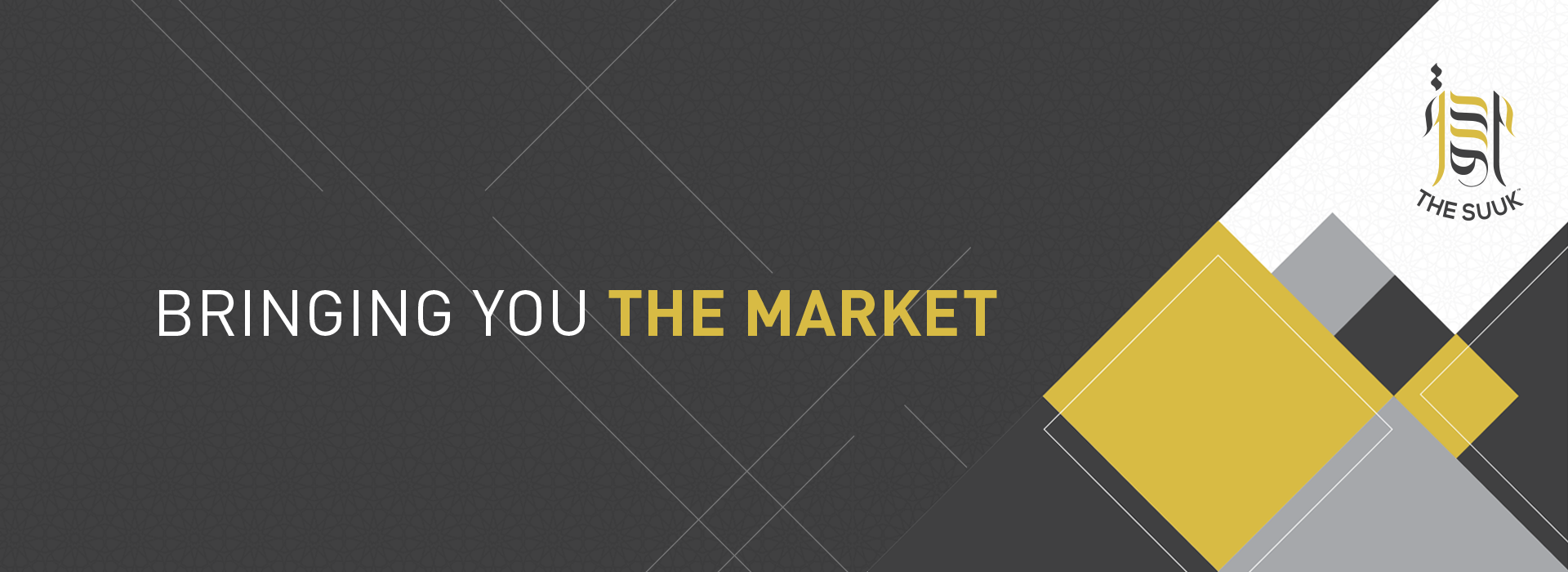WHAT IS HIJAMA?
Cupping Therapy (Hijama) is a mode of treatment in which cups are placed across several
reflex points across the body such as the back, abdomen and legs in order to create a
localised congestion through negative pressure which is mechanised using a pump. This
stage allows blood to be drawn towards the surface of the skin, which in turn stimulates
tissues and the internal organs to correspond. This step is considered as ‘Dry Cupping’ and
can be used as an isolated method for massage purposes as it has a soothing effect.
Following this step, bruising incurs on the surface of the skin – this results in the mirroring of
antibiotics as white blood cells are activated due to the triggering of the immune system.
The next step is referred to as ‘Wet Cupping’ and is a minuet scale surgical procedure which
requires superficial incisions to be made on the cupped zones. The cups are then placed
back and another vacuum is created in order to draw out the toxic blood from the body. The
blood coagulates within the cup with some liquid excess and is then disposed.
Though there are extensive benefits in both methods of cupping, there are far greater
remedial aspects found in Wet Cupping. The focus should not be on how much blood has
been drawn out as each individual will vary depending on different lifestyles; rather the
focus of Hijama is the quantity of toxins which have been excreted.
It must be understood that Hijama is not free from risks and is therefore not a task that
everyone can undertake. The Hajjam (Hijama Therapist) must assess each patient to ensure
that they are fit to undergo Hijama and must have the ability to tailor certain practices to
facilitate various make-ups of patients and their current health conditions.
CATEGORIES OF HIJAMA
In general, most people seem to be aware of the fact that Hijama has often been split into two categories: wet cupping and dry cupping. Not all of those people know what exactly is meant by both names. Wet Hijama differs in practice from its dry counterpart usually by the application of superficial incisions, meaning that the physical extraction of cellular waste through the cuts is the difference between the two. However, dry Hijama can also be categorised further by the following three terms:
- Static cupping
- Massage cupping
- Flash cupping
Static cupping is the most common form of dry Hijama involving the placement of a cup upon skin which has been sufficently oiled. The oiling compononent is essential as it will minimise any pain and create a smooth surface to work upon. As its name suggests, the cup is left in one place to treat a particular point in the body. Since no blood is being removed from the body, practitioners can apply more cups than usual and treat multiple areas simultaneously. This form of Hijama is often used on patients who suffer from severe anaemia, poor healing or low blood pressure. Some of its benefits include:
- Mechanical stretching of tightened muscles, fascia and other connective tissues
- Stimulation of deep, localised blood circulation, lymphatic drainage and synovial fluid movement
- Relaxing, pain reducing and stress reliving
Massage cupping involves movement of the cup over the patients’s skin via the use of additional oil and reduced yet maintaining suction. At Pure Therapy, we use this technique as part of our treatment to stimulate blood flow within the areas that are about to have Hijama applied to them. This is done to manually shake up cellular waste and prepare the tissues for the rest of the treatment. In addition to the benefits of static cupping, massage cupping provides:
- Negative pressure, which reaches tissues that are deeper in the body, rather than the positive pressure of normal massages
- Break down of tissue adhesion such as trigger points
- Stimulation of the nerves
- Release of myofascial tension
- Skin rejuvenation
- Cellulite reduction
Flash cupping is a technique used to apply suction to the skin in short intervals or ‘flashes’. This means that the cup is placed on the skin for approximately 5 seconds before the pressure inside it is released and it is taken off again. This is repeated along the patch of skin that has been selected for treatment. Practitioners normally use this form of Hijama when their patient requires facial treatment, for example those with sinus conditions or those seeking Hijama for beauty or cosmetic purposes. Benefits of flash cupping include:
- Pulsation of tissues which can change the pressure in blood vessels and encourage healthy movement of cellular fluid
- Reduced risk of linger marks on skin which is cosmetically convenient
- Discomfort of Hijama to the head and face is decreased
- It can be used as a tester for patients who are nervous about having Hijama done and children
Each of these techniques can be combined to form a single treatment or performed along with other forms of therapy such as professional massages, acupressure and physiotherapy. The expertise and experience of the practitioner is important when deciding upon a treatment plan and the cooperation of the patient is needed to maximise the benefits that can be found during their sessions, ensuring that they receive the service that in best for them as individuals.



Comments
I did pay online for hijama session and I’ve tried to reach you by phone and email to get an appointment but unfortunately no one did answer
I wanted to ask how much your cupping therapy is?
i really like food network because it has a schedules so you can know when your favorite shows are gonna start and have great tips.